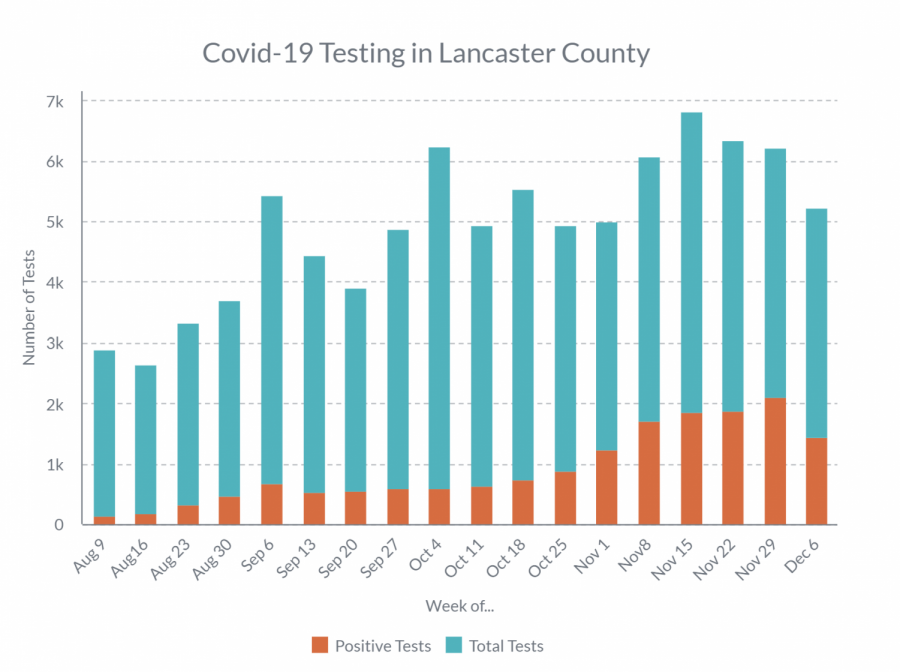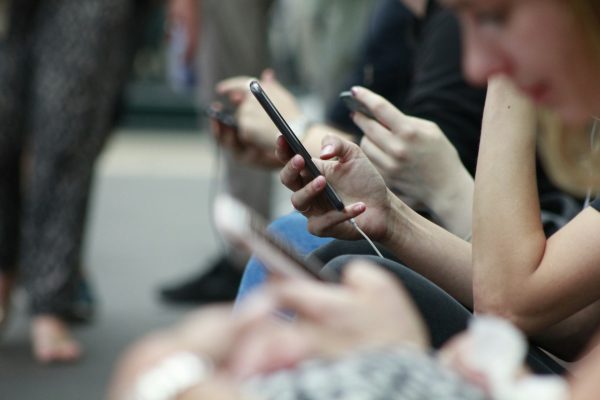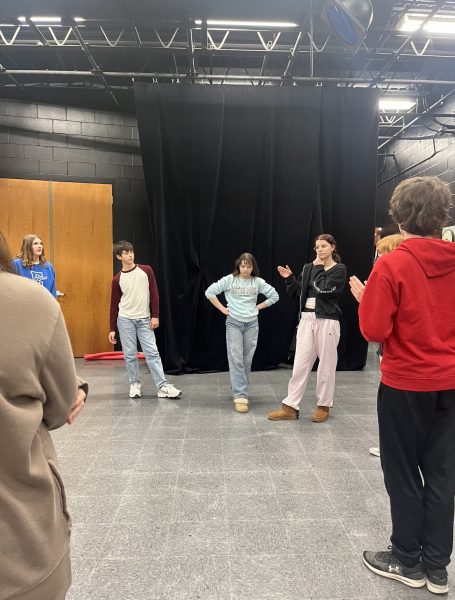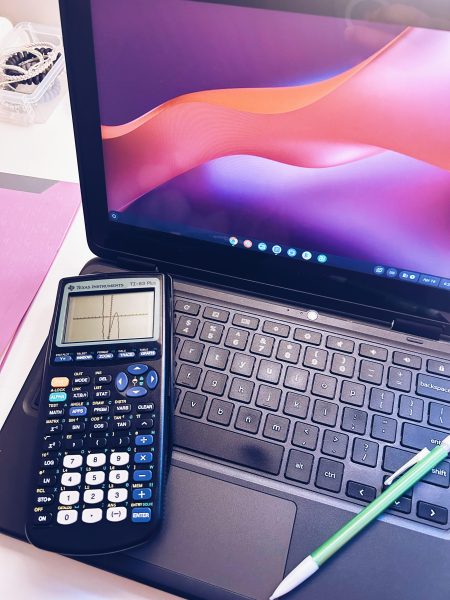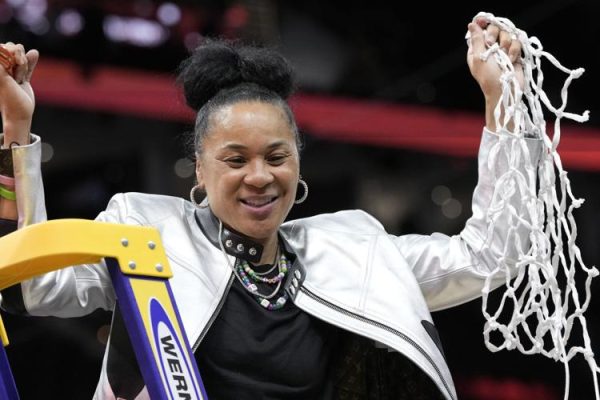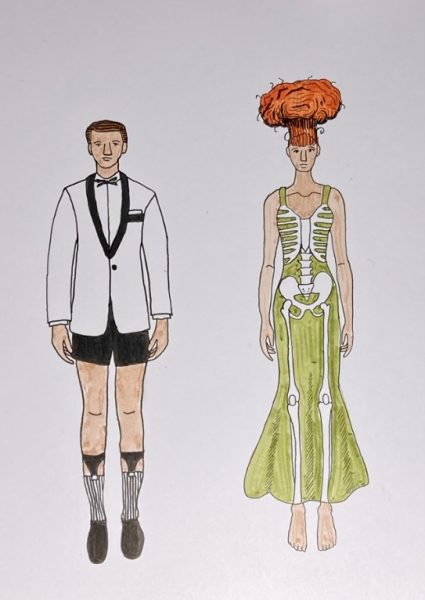Investigation: Should schools be in full remote learning right now? (Part 4)
Part 4: A school board member and certified medical professional explains his understanding of coronavirus as it relates to schools
Now that we’ve looked at East student (here) and staff (here) perspectives on full remote learning, as well as the administrative side of things (here), it’s time to get an outside perspective on all of this. Dr. Bob Rauner, Vice President of the LPS School Board and a medical professional, explains more of this with his background in mind. He has had two roles in the decision making process since the pandemic started – one with his knowledge of the medical side of the pandemic, and the other in his capacity as a board member.
“The school board is responsible for overall governance, but not necessarily management of every school, so people seem to miss that it’s not the board’s job to go check every school out, it’s our job to hire the leadership, meaning Steve Joel, and set the goals for the organization,” Rauner said. “How it’s done is actually up to the staff… However, because I’m also a physician with a public health background, I have expertise that most people in schools don’t have, so it’s easy to draw in that side of things.”
“In a typical company when you have some influence on who your board will be, one of the most important things to do is pick board members who have expertise to help you out,” Rauner continued. “So in my nonprofit, I like the fact that I’ve got a lawyer, an accountant, and a person with a media relations background all on the board because I draw on that expertise. However, as a school board, I’m an elected board member, so the school doesn’t get to pick. It’s kind of handy to have a school board member who has a public health background in the middle of the pandemic.”
Making sure qualified individuals are still able to be in the classroom safely, according to Rauner, is definitely a factor in whether or not schools shut down. The idea that small scale shutdowns are better is certainly a good option, but it just depends on the circumstances.
“You don’t have to make it city wide, nor should you,” Rauner said. “I mean, if there’s only a flood down here, why would you close everything up there? You should be more precise in what you’re doing and not just make broad, sweeping, sledgehammer changes… There’s this joke about epidemiologists – every answer they give you will starts with ‘It depends.’ But that’s because it’s complicated, so you should do enough to fix the problem, but not so much that you cause harm, and that’s why it needs to be a little more measured than shut everything down.”
“My other main frustration is people are focusing, obsessing about those five or 10 people who might have been infected in the schools, while ignoring the 300 who get infected every week in the bars,” Rauner said. “Why are we not shutting down bars? Why are you obsessing about closing the schools down to prevent five infections when we could shut the bars down and prevent 300? That’s my biggest frustration right now. Apparently in the United States we think that cocktails are more important than school students.”
Rauner also pointed out how big of a difference masks make in stopping the spread of coronavirus. “There is zero controversy in public health about masks – that’s all political, it’s not public health.… In my day job I work with families, and a network of physicians and pediatricians from Lincoln to Grand Island. Out of 150 doctors, I’ve only known one case of a physician who was infected by a patient. And so that told me well that the same should apply for teachers and students if we could get all the teachers and students to wear masks. We could probably not only open school but potentially have school open even when numbers are pretty high.”
“And so the evidence [regarding masks] has changed substantially since July, but unfortunately there’s a psychological problem called anchoring where you look at the first evidence and you never want to change ever again,” Rauner continued. “There’s a subset of people on both sides of the political spectrum – one who said we shouldn’t have done anything and one who said we should have closed. The truth of course is in the middle. So we do know that you can safely open schools in a pandemic, with the right procedures in place. The question we have now is how high [can the numbers be].”
So it seems logical that we’d be getting more information now though, right? Wrong. “The biggest failing of the CDC and our state right now is that we’re not doing surveillance testing to see if it’s still okay,” Rauner explained. “So we don’t know because the state has not done it, neither has the federal government. The correct answer is to do the studies and find out. We can literally do those studies now, if there was some leadership, so that’s my biggest frustration.”
Other than testing, we can also figure out if staying in school is safe by comparing the community infection rates with those in schools across LPS. “So for example, are all the school kids getting more sick than the general population? Are all the teachers getting more sick than the general population? If so, then that’s probably coming from school. So far, we’ve not seen that much. The kids will and have been reflecting the population so that’s not going to help as much. We are seeing that the teachers [the number of infections] might be a little higher than the average population, but not much so. So I think for now, … our teachers are safe with our current procedures in place. But I can’t say for sure yet because we’re not getting enough data from the health department to know that.”
In addition to not getting enough testing, it’s possible that some of the ways contact tracing at LPS is used are not effective. “A lot of these rules people are using are not black and white,” Rauner said. “There’s nothing magic about 15 minutes or six feet. It’s a steady trend. At some point you have to decide how good is good enough. Is it 10 minutes, is it 15, is it 30? Is it three feet, is it six feet, is it 12 feet? There’s not a black and white line, and everybody wants the world to be nice and black and white, but it’s not.”
Surely all of the testing and shutting down and everything else would be enough of a problem to contend with, but that’s not the case. In addition to everything else, the School Board has to deal with both legal and financial issues as well. Their budget is not enough currently to pay for everything, and the government isn’t providing more on the state or federal level.
“We did receive a little bit from the stimulus package nationally, but not near enough to cover all the expenses,” Rauner said. “At the same time, we took a $20 million cut in state aid. And so people kind of forgot about that, we had to make up for that $20 million loss in state aid, a good chunk of which went into cutting district management. District management’s been busy too – they’ve all been working, probably 60 to 80 hour weeks since March… So I guess one of my biggest frustrations is very little appreciation for how much the management had to do over the entire summer with less staff, actually.”
“And then that trickles down to everything,” Rauner continued. “…Everybody is having to do more, literally with less, and that’s been the problem. 10 years ago when the Great Recession hit, there was a big stimulus bill passed nationally that gave extra funding for schools to make it through the tough time. That didn’t happen, so teachers want hazard pay, and we want to hire more school nurses, but where’s the money gonna come from? The school board has no legal authority to just tap into a bucket of money. We can’t just go out and borrow a bunch of money, we can’t get a line of credit. Unless the state or the federal government gives us that money, we can’t get more. And so the amount of money we have is fixed, and we figure out how best to spend it. That’s the problem.”
As far as legal issues go, part of the problem is the privacy aspects that healthcare providers have to deal with. There are numerous laws that protect patient confidentiality, like the Health Insurance Portability and Accountability Act (HIPAA) and the Federal Education Rights Privacy Act that’s more specifically for school settings. Crossing laws like this could get the School Board and the district into a boatload of trouble.
“Sometimes in an emergency, you need to cross lines,” Rauner said. “And so we’re stuck in a quandary here because on the one hand, I would really want you to know that [someone in your class tested positive], on the other hand, I’m potentially violating some privacy rules though too, so which takes precedence right now? In the country, the state and the school, they’re all trying to figure this out in real time, without a lot of time to really work through these things. I honestly think they’ve overdone the privacy side at the expense of protection of health and that there needs to be a balance there.”
This trouble costs money though, too, making it even more dangerous for a district that’s already strapped for funds. They currently have a number of pending lawsuits, and those cost money to pay for lawyers, and take up time, neither of which the district has in abundance right now. “So how many times do you cross lines and get sued and lose more money?” Rauner said. “That’s a risk too and so that’s why the decisions are really tough, tough at the board level and a lot more complicated than people realize.”
“And then the state and federal government really didn’t give us any safety net there, either,” Rauner said. “So for example, we were really trying to get the teachers more plan time. But there’s a really hard, ironclad law where you have to have at least a number of educational contact hours, and if you don’t meet that, you lose your accreditation. Well, then the Nebraska Board of Education would say well, don’t worry about it, you can cross it. We’d say, will you put in writing, and if you aren’t going to put it in writing, can we really follow that? So it took them a long time before they finally gave us something in writing to make sure they wouldn’t throw the hook at us if we didn’t do what they wanted us to do.”
In the midst of all of this, the School Board members, Rauner included, have received ridiculous amounts of angry emails and calls, some going so far as to cuss at the board members, call them names, and even threaten physical harm to them. Rauner asks the public to keep a couple things in mind regarding this.
“It’s a lot harder than it looks,” he said. “Before you start sending angry emails, why don’t you just ask us a question? I’ve had, I don’t know how many angry form letters sent out by teacher groups, parent groups, community groups. I’ve had maybe five people who actually wanted to talk about the issue like this [since March]… Solutions happen through dialogue. Let’s use the Black Lives Matter, for instance, John Goodwin, who’s the head of the Malone Center, gave a great speech, he called it going from raising a fist to doing work. Raising a fist is easy. Doing the work is hard. It’s actually listening and talking to people. And some people have done that, which is great. But there’s too many people who just want to send out angry Facebook posts and emails and don’t want to sit down and talk to people. Change happens through dialogue, not monologue… This is how problems get solved. Get together, talk through it. Learn what the other side’s issues are… Like a lot of things, truth is typically somewhere in the middle.”
Our world is a mess, and we all deal with that in different ways, but being rude to others is never the answer. Using Dr. Rauner’s advice, I hope you choose to learn the other sides to the story, potentially with this series of articles as a starting point, and start a conversation. Everyone has a voice to add to the conversation, but if we all shove each other down and yell over each other in an attempt to make our voices heard over others, we’re never going to get anywhere. This is truly about DIALOGUE.
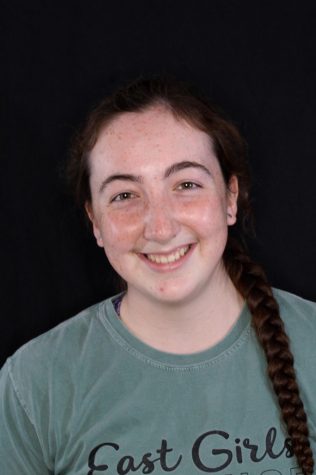
My name is Julia Ehlers, and I’m a senior here at Lincoln East. This is my second year on the Oracle Staff, and I’m looking forward to another great...


